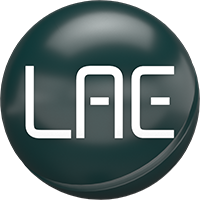Parallel Processes are commonly used in Audio Production. It is second nature for most engineers to use auxiliary tracks to create a wet/dry blend of Reverb or Delay effects. An even more popular application is Parallel Compression, a hip, trendy, New York way of balancing the tonal shape and glue of the compressed signal with the natural breath and life of the uncompressed signal.
This technique of blending can be applied to EQ, which I will clarify in the following video. By using Parallel EQ we can adjust the transparency of the effect by controlling the contour of multiple frequency bands at once.
In this video, I will explain the benefits to using Parallel EQ and a simple application of this technique during the Mastering stage.
At the end of this video, you will know how to use Parallel EQ to control the intensity of your EQ curves. This will dial in how processed the audio result sounds.
DID YOU ENJOY THIS ARTICLE?
Was it helpful and informative of the world of sound recording? Leave a comment below!
Join me each week as we explore another topic of Audio Engineering.




